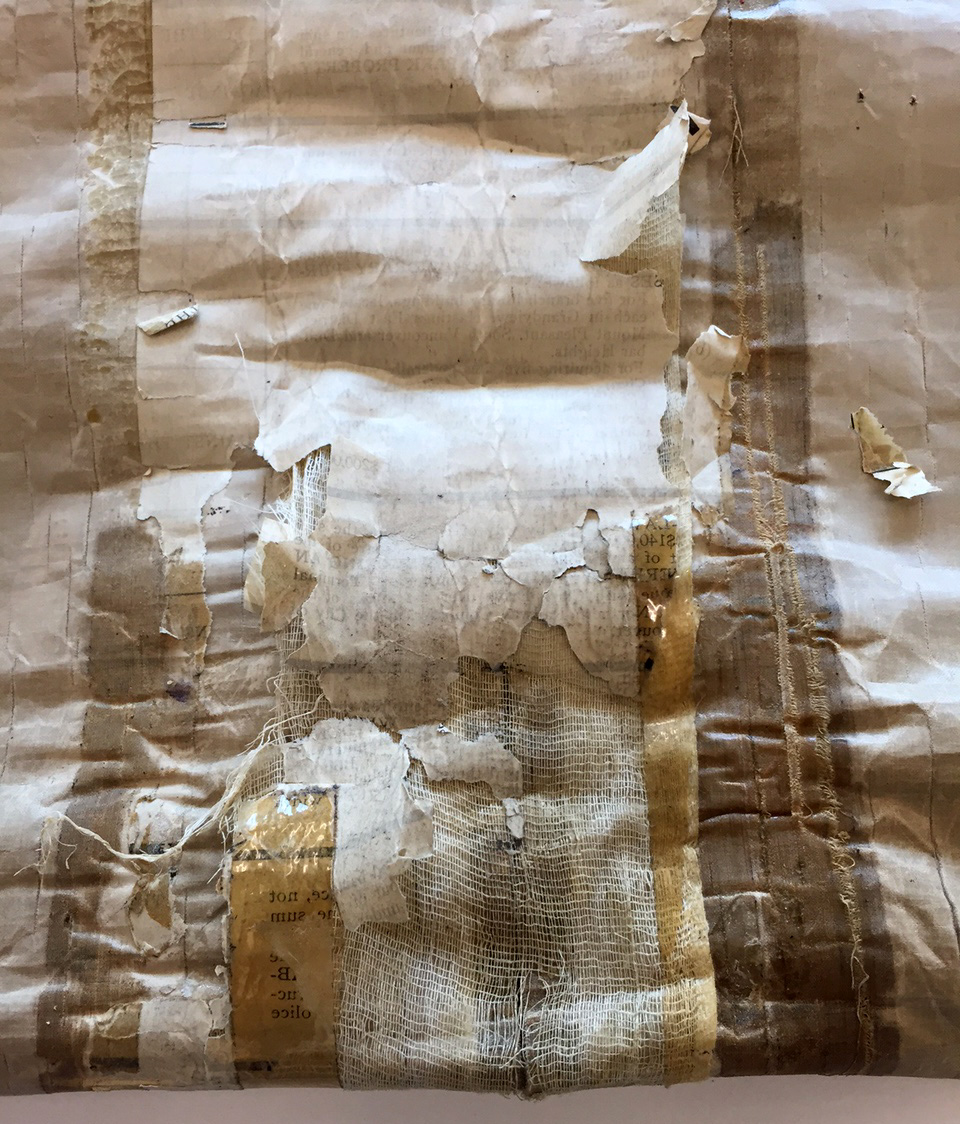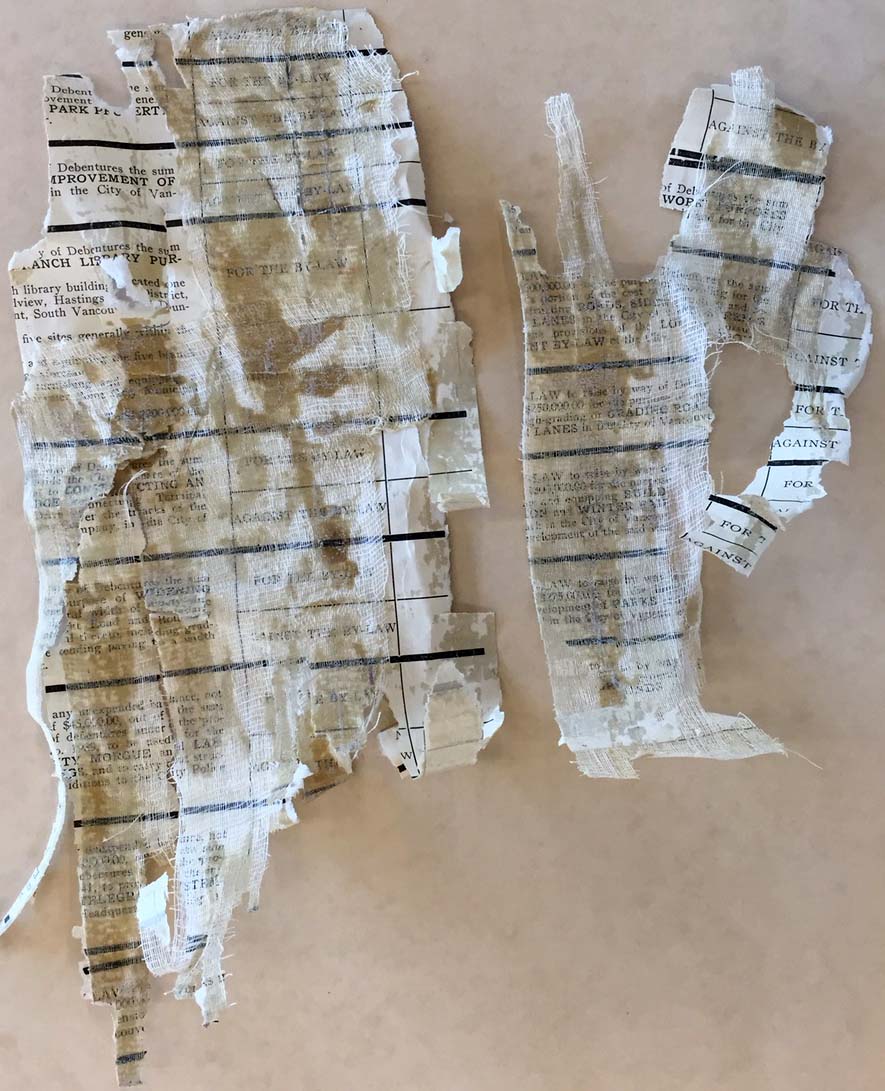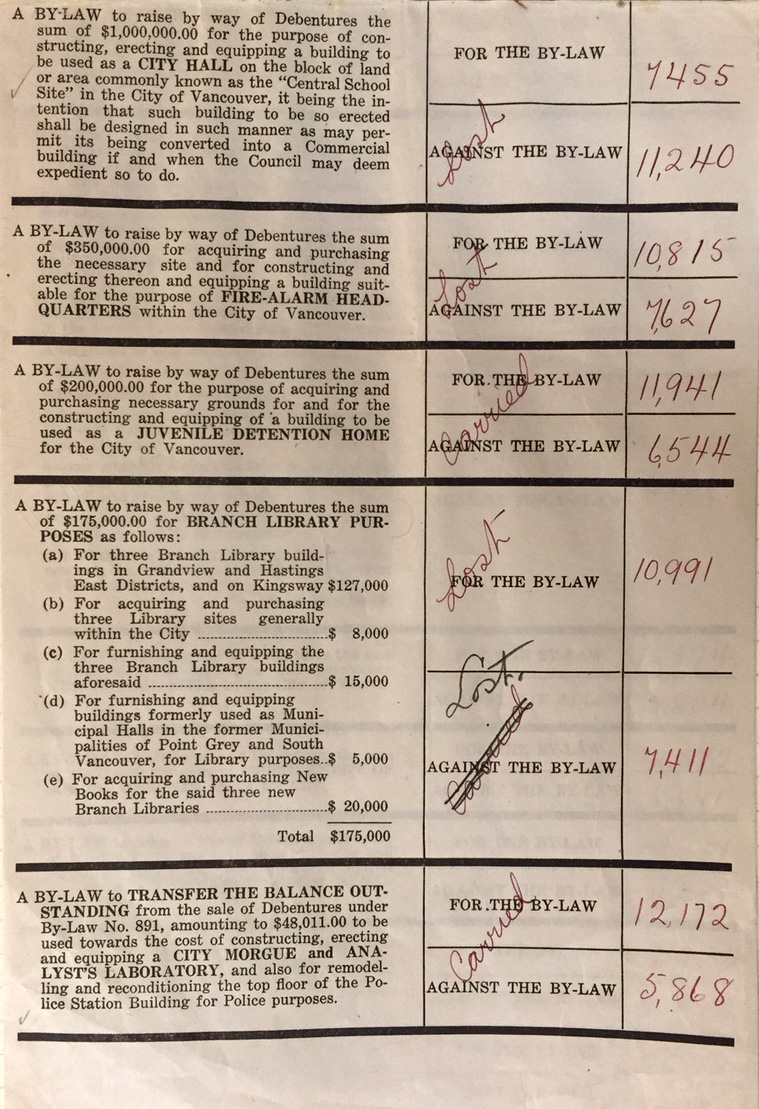Although Lord Jeffrey Amherst married twice, he left no direct heir when he died in 1797. When his brother, Lieutenant-General William Amherst (1732–1781), died in 1781, Lord Amherst took his orphaned nephew and two nieces into his household and raised them as his own. Through a special remainder, the title of Baron Amherst of Montreal passed to his nephew, who became William Pitt Amherst, Second Baron Amherst of Montreal.
The Archives & Special Collections at Amherst College holds a small collection of papers by and about William Pitt Amherst. As with our holdings of material related to Lord Jeffrey Amherst, much of this material was donated to the college by alumni, largely by Jack W. C. Hagstrom, MD (Class of 1955) who served as executor of the estate of the final Earl Amherst who died in 1993.
After completing his education at Westminster School and Christ Church, Oxford, William Pitt Amherst went on to a career that carried him far from home, but in the opposite direction from the one his uncle traveled. The collection at Amherst College begins with a series of letters to and from Amherst that document his appointment as ambassador-extraordinary to the court of the Two Sicilies in 1809.

Letter from William Pitt Amherst to Sir John Stuart, 26 June 1809.
The most substantial portion of the William Pitt Amherst Collection is made up of ten portfolios full of manuscript documents just like this one. Six of these portfolios, containing several dozen items each, cover Amherst’s time in Italy between 1809 and 1812.
There is a gap in our collection until the next portfolio picks up in 1815 when he was called to lead an embassy to the court of the Chinese emperor. While preparing for his departure, Lord Amherst received this letter from the East India House to remind him of the provision preventing “any individuals who should accompany the Embassy to Pekin from attempting to be at all concerned in any Mercantile Transaction during that Service.”

Letter to Lord Amherst from East India House, 26 January 1816.
In addition to such official documents, the collection also includes some correspondence between Lord Amherst and his wife, Lady Sarah Amherst (1762-1838). During his voyage to China in 1816, he wrote a series of letters that were dispatched to her about two weeks before he arrived in China. He helpfully includes his longitude and latitude at several points, which can easily be plugged into Google to track his progress.

Letter from Lord Amherst to Lady Amherst, 11 May 1816.
Thanks to Google, we can pinpoint Lord Amherst’s location off the southern end of Africa when he wrote the above letter to his wife.

William Pitt Amherst’s position at sea, 11 May 1816
The collection includes some interesting pieces of printed ephemera that round out this glimpse into the workings of the British Empire at the start of the nineteenth century. Apparently, someone in Lord Amherst’s party brought back an “ourang outang” — though it is unclear whether this violates the prohibition against accepting gifts noted in the letter from the East India House.

Broadside. Ca. 1817.
There is another gap in the collection between Amherst’s return from China and his appointment as governor-general of Bengal in succession to the marquess of Hastings. This piece of ephemera, printed by George Pritchard at the Hindoostanee Press, announces the arrival of Lord and Lady Amherst:

John Bull Extraordinary. George Pritchard, Hindoostanee Press, 1 August 1823.
Unfortunately, Lord Amherst’s time in India was fraught with difficulties. Less than six months after his arrival, war was declared between British India and Burma on 24 February 1824. The Oxford Dictionary of National Biography article about William Pitt Amherst neatly summarizes this conflict:
What had been predicted to be a short and cheap war of no more than six weeks turned into two years of arduous campaigning that cost nearly £5 million, yielded little loot, gained the unprofitable territories of Arakan, Tenasserim, and Assam, and so demoralized the army that not only was there a spectacular rise in desertions but British troops were forced to put down brutally a mutiny of Indian sepoys at Barrackpore in October 1824. Even the short and victorious campaign against Bharatpur conducted between December 1825 and January 1826 could not expunge the memory of the First Anglo-Burmese War. (Douglas M. Peers, ‘Amherst, William Pitt, first Earl Amherst of Arracan (1773–1857)’, Oxford Dictionary of National Biography, Oxford University Press, 2004; online edn, May 2009)
The collection includes a very small amount of material about Amherst’s time in India. This letter sent from Barrackpore on 20 March 1826 is one of the few items that provides any detail of the military campaign. (View the entire letter as a PDF: Lord Amherst letter 1826)

Letter from Lord Amherst, Bharatpur, 20 March 1826
What the collection lacks in material from Lord Amherst for this period is more than made up for by the extensive diaries kept by Lady Amherst.
Amherst’s first marriage was on 24 July 1800 to Sarah, countess dowager of Plymouth (1762–1838), widow of the fifth earl of Plymouth and daughter of Andrew, second Lord Archer, whom he had first met while touring the continent in 1793. Her diary begins with their voyage from England to India and the seven bound volumes cover the entirety of their stay until they return home in July 1828.

Lady Amherst Diary vol. 1, 1823-24.
The diaries are in the queue for high-quality imaging to be added to Amherst College Digital Collections, but these images give a sense of the contents. Lady Amherst took a serious interest in her new surroundings and includes several sketches in her diaries.

Lady Amherst Diary vol. 1, 1823-24.
We hope to have the full finding aid for this collection online soon. It will take some time for us to digitize the entire collection, but we want the world to know that all of his material is available to researchers in the Archives & Special Collections at Amherst College.







![]()

















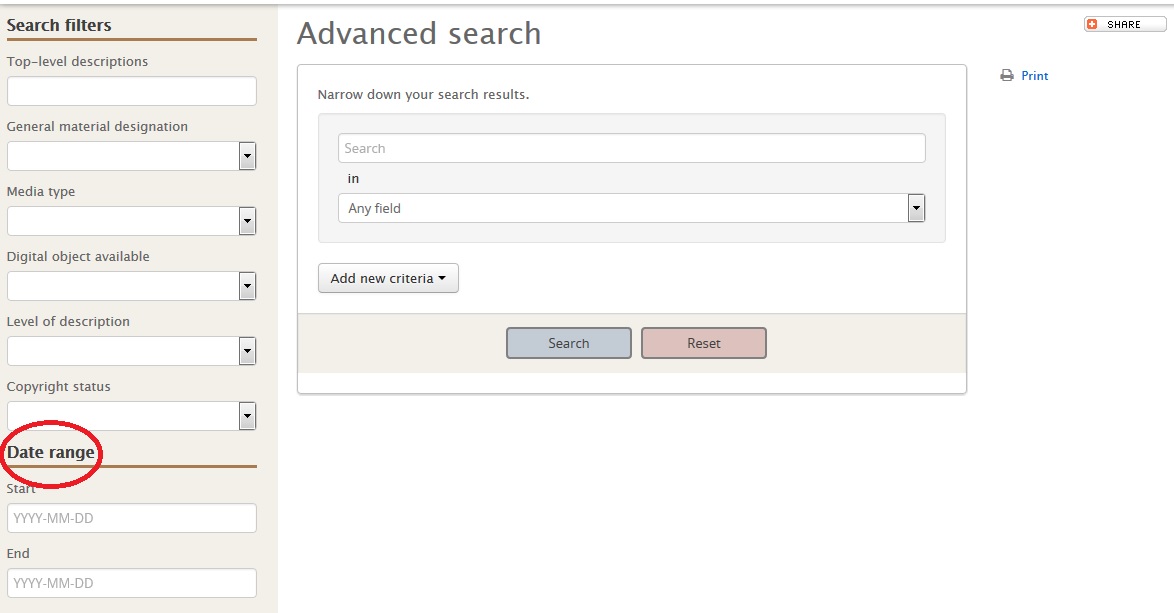
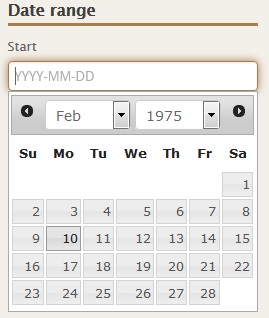
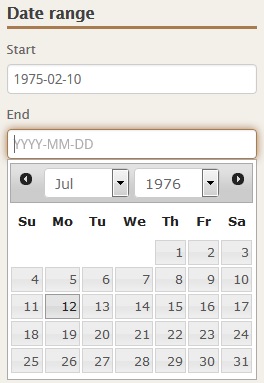
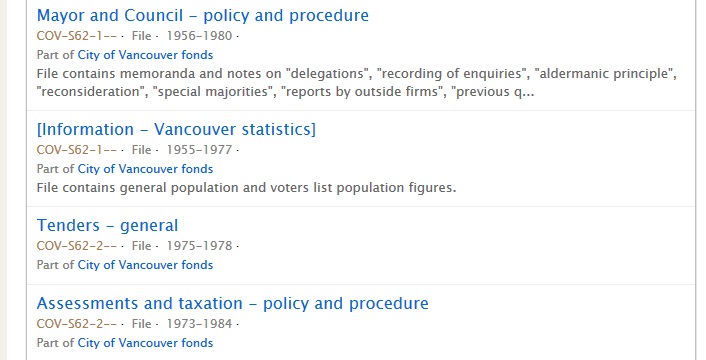
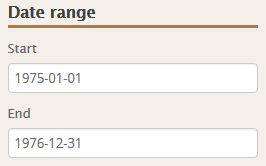
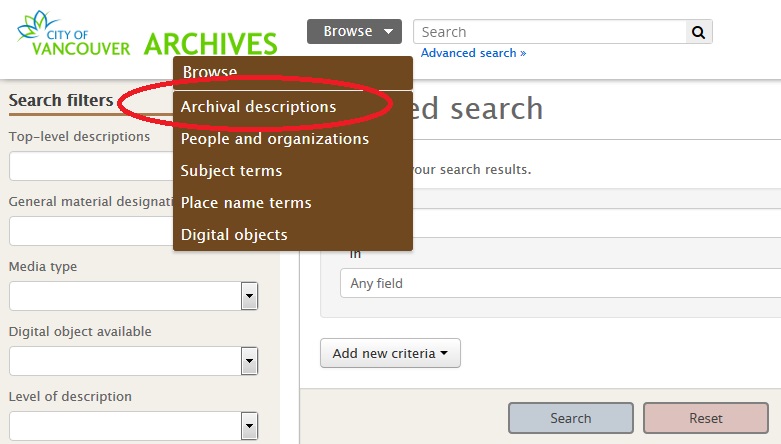
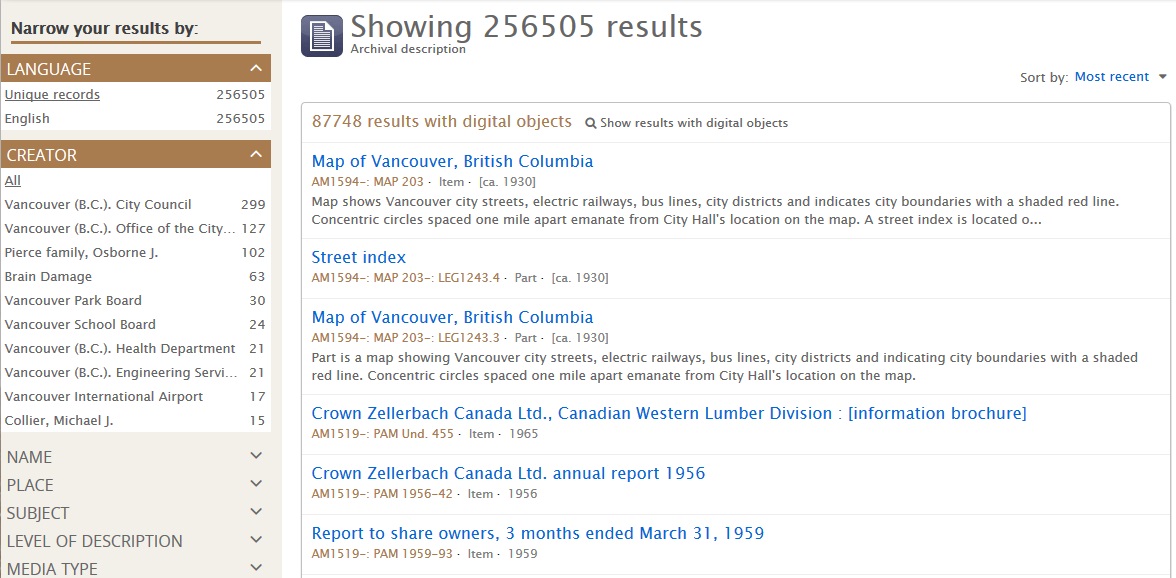
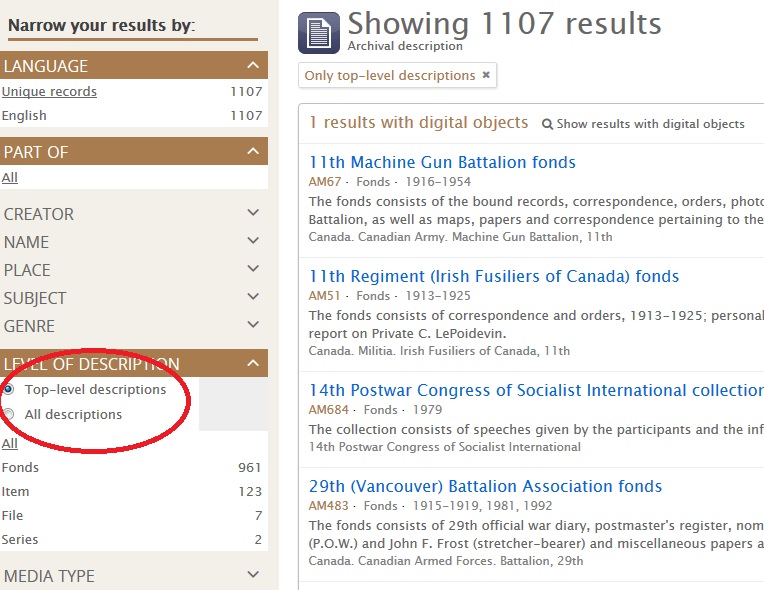
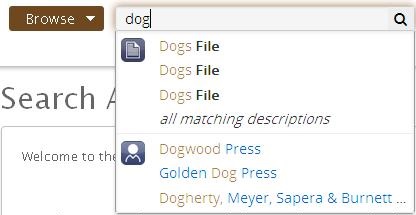


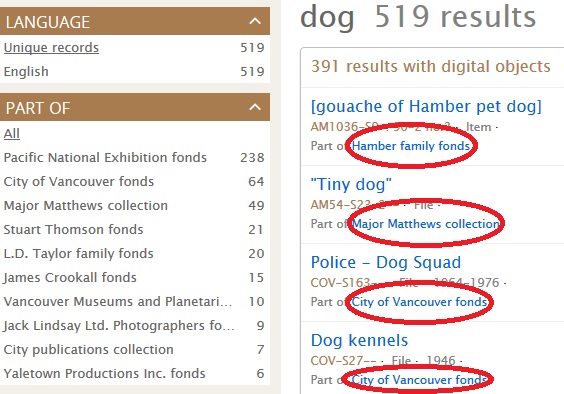
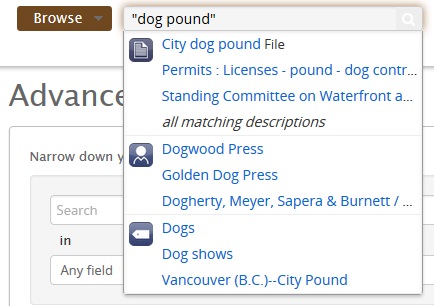

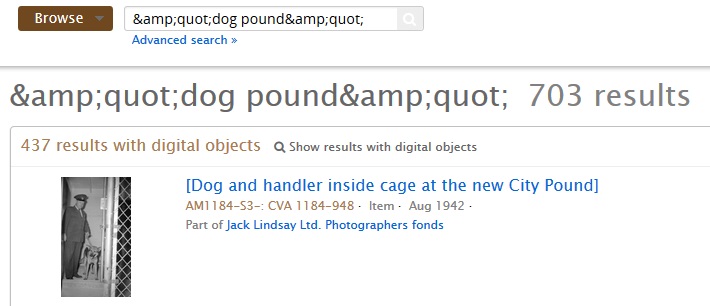
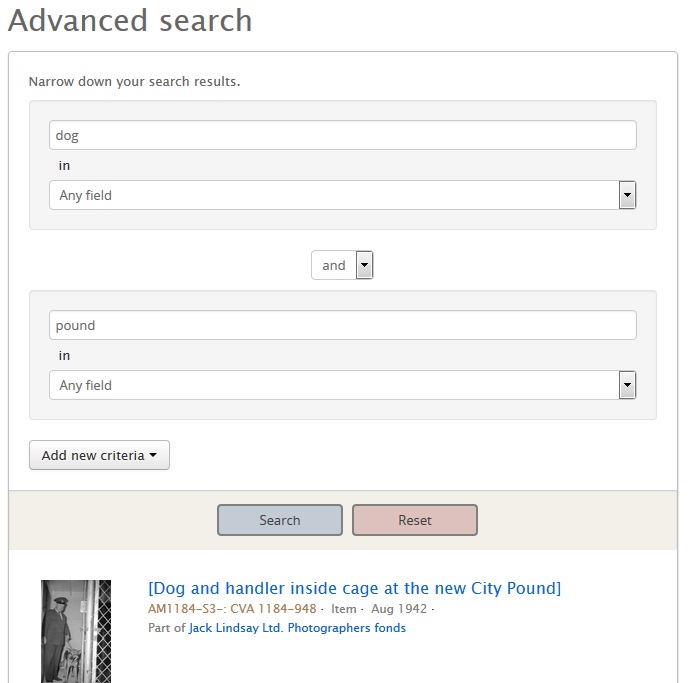


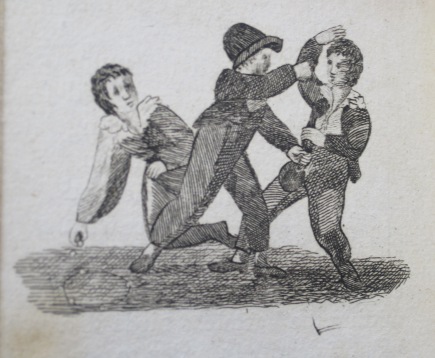














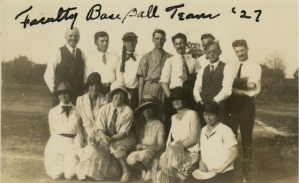






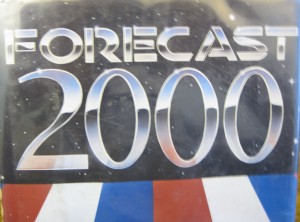













![till17276966[1] copy](https://fsuspecialcollections.files.wordpress.com/2015/08/till172769661-copy.jpg?w=183&h=300)











